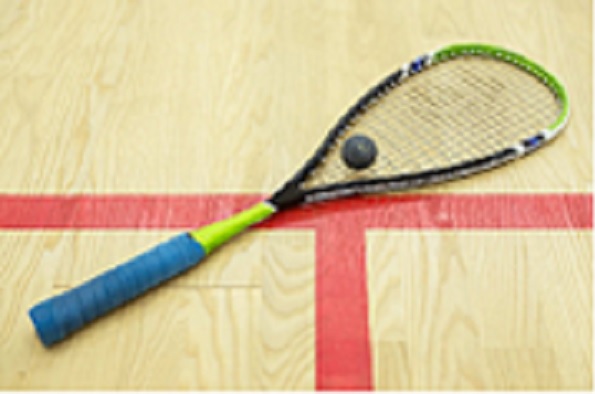
One major disease that kills faster, not just in Nigeria but across the globe, is cardiac arrest, otherwise known as Cardiovascular Disease (CVD). It is the leading cause of death worldwide. Health experts have however found that squash game can significantly help to prevent or reduce cardiovascular problems.
Medical studies have also shown that squash aids longevity of those who play the game. One of the studies specifically posited that the risk of death from heart disease and stroke among the people that are playing the racket sport was 56 per cent lower, compared with on-players.
According to Better Health Channel, a resource platform produced in consultation with and approved by the Department of Health and Human Services, Victoria State Government and Sports Medicine Australia, squash is a great sport for children and adults of any level.
“Squash is one of the best cardio workouts around. Playing for one hour will see you burn between 600 and 1000 calories and of course, when you’re burning calories, you’ll also be improving your aerobic fitness, strengthening the heart and improving lung endurance. Playing squash builds strength in arm and leg muscles and develops hand-to-eye coordination. Your flexibility will be tested too. Beyond the physical aspects, you’ll get one heck of a mental workout, with improved concentration and mental capacity”, Better Health Channel said.
Origins and techniques
Squash is a game played around the world. It has its origins in the older game of rackets which was played in London’s prison. Later, around 1830, boys at Harrow School noticed that a punctured ball, which “squashed” on impact with the wall, offered more variety to the game. The game later spread to other schools.
Squash pinnacle comes in the form of the Squash World Championships where the best players from around the world compete to be the ultimate squash champion. The competition is organised every two years by the World Squash Federation.
Squash is a ball and racket sport played on an indoor court, which is essentially a box room with every shot played against a wall. Squash is typically played by two (singles) or four (doubles) players, but it is not unheard of to have three-way games. The idea of the game is to make a small rubber ball bounce twice on the floor before the opponent can return it. Getting the ball back before a second bounce might not seem that difficult of a task in a 9.75m x 6.4m court, but a squash ball is not known for its hang time.
A game starts with a serve from the service box and must hit the front wall above the service line before landing in the opposite quarter at the back of the court. Once that has happened, things get really interesting. All walls are then in play. The ball can be played off the front, back and side walls, but must always hit the front wall before hitting the floor. Matches are best of three or five games, with the winner of each game being the first to score 11 points. If a game is tied at 10-10, a player must win by two clear points.
Complete physiological health
Although squash appears not a popular sport to many people in Nigeria, yet research has shown that it is the healthiest of all sports. In 2003, Forbes published their list of 10 healthiest sports, based on a calculation, using four physiological components of fitness, plus injury risk and energy expenditure and squash was ranked as number one.
On the method adopted on the study, Forbes chose to compare the sports based on four basic physiological components of fitness: cardiorespiratory endurance, muscular strength, muscular endurance and flexibility, which is just a sample of the 15 factors of success in sports. For each component, they asked fitness experts (coaches, personal trainers, competitors and exercise physiologists) to rate them on a scale of 1 to 5, with 5 being “excellent,” 4 being “darn good,” 3 being “good,” 2 being “not bad” and 1 being “nothing special.”
Also in the study, injury risk was rated on a scale of 1 to 3, with 3 being “low,” 2 being “so-so” and 1 being “high.” The energy expenditure rating was based on the calories expended by a 190-pound person over 30 minutes (rates from ACSM), and rated on a scale of 1 to 5, with 5 being 450+ calories, 4 being 400-450 calories, 3 being 350-400 calories, 2 being 300-350 calories and 1 being 250-300 calories.
The scores for each component was tallied to arrive at an individual rating for each sport. But at the end, squash scored the highest mark with 22.5 and top marks in muscle endurance and calories burned, and near perfect marks in cardio endurance.
Another study by the British Journal of Sports Medicine also put squash at number one sport that is best for prolonging life. According to the journal’s survey of 80,000 people between 1994 and 2008, risk of death from any cause is 47 per cent lower among people who prefer their sport to be the racket game. When the researchers looked at risk of death from heart disease and stroke, they found out that playing squash was associated with a 56 per cent lower risk, compared with those who did not participate in the sport.
Interestingly, squash can be successfully practised both alone and with others. Professionals squash players even said it is extra easy to personally practise the sport because the ball automatically returns which is not the case with other sports.










